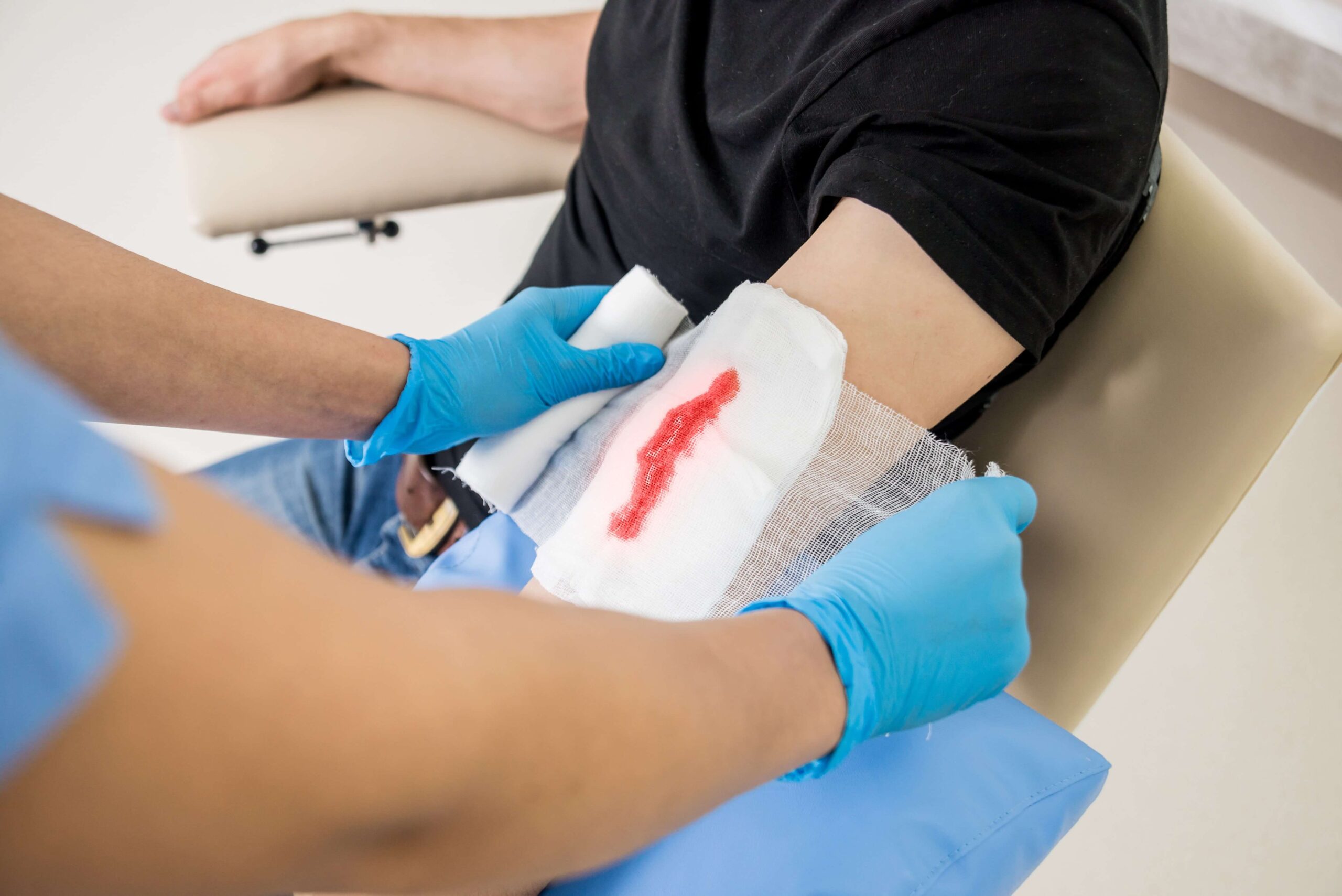So, how do you effectively manage and stop a wound from weeping clear liquid? The key lies in proper wound care practices that focus on cleanliness, moisture balance, and appropriate dressing. Heres a direct approach to managing a weeping wound: Treating a weeping wound involves several key steps: Before touching the wound or dressing it, always wash your hands thoroughly with soap and water to reduce the risk of introducing bacteria.
Understanding the cause of the swelling along with the healing process will lead to selecting proper interventions. In this comprehensive guide, we will walk you through the essential steps and wound care tips to ensure that your wound heals properly and minimize the risk of complications. Proper wound cleaning with clean water is essential to prevent infection. It is important to treat the wound correctly to clear infection and to allow the wound to heal. Stop the wound from weeping blood by keeping the infected area raised. Small cuts and grazes will quickly stop bleeding on their own 2. Apply gentle pressure to a more serious wound using a clean cloth. Atypical nonhealing wounds should be biopsied. The mainstay of treatment is the time principle: Tissue debridement, infection control, moisture balance, and edges of the wound. The wound care pathway was developed with feedback and input from over 2200 health care professionals working in the field of wound care.
The wound care pathway was developed with feedback and input from over 2200 health care professionals working in the field of wound care.
Did Brandybilly OnlyFans Just Break The Internet? Find Out Now.
This Nudist Pageant Will Change Your Perspective: A Doctor's Honest Opinion
Did This Crime Photo Rewrite Gypsy Rose's Entire Story?
